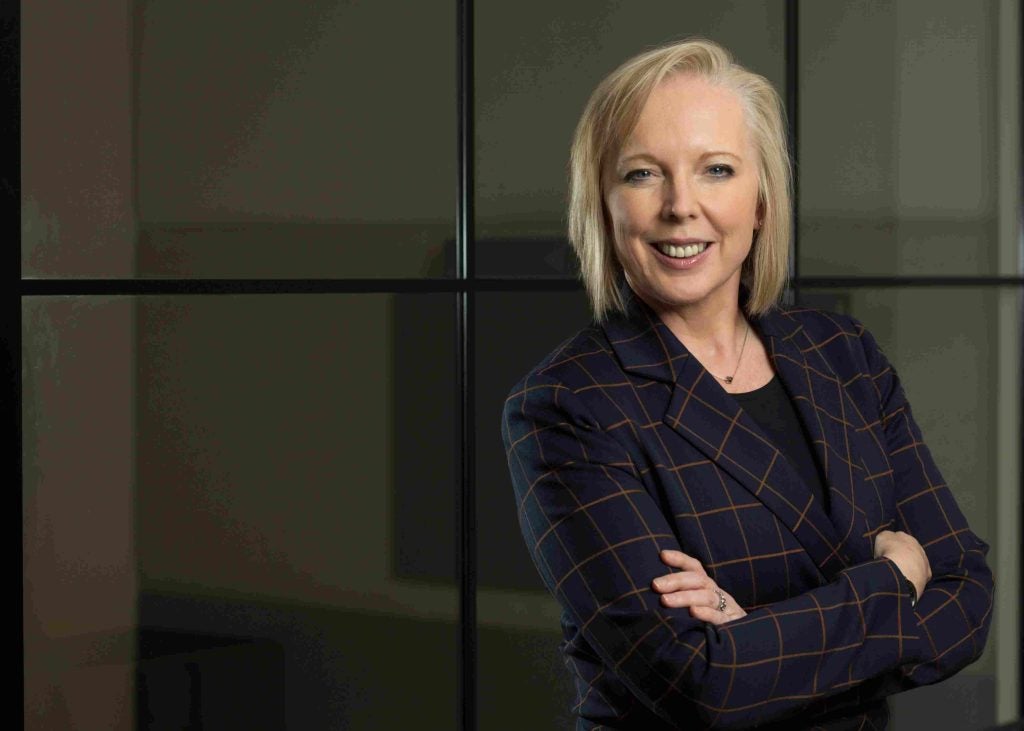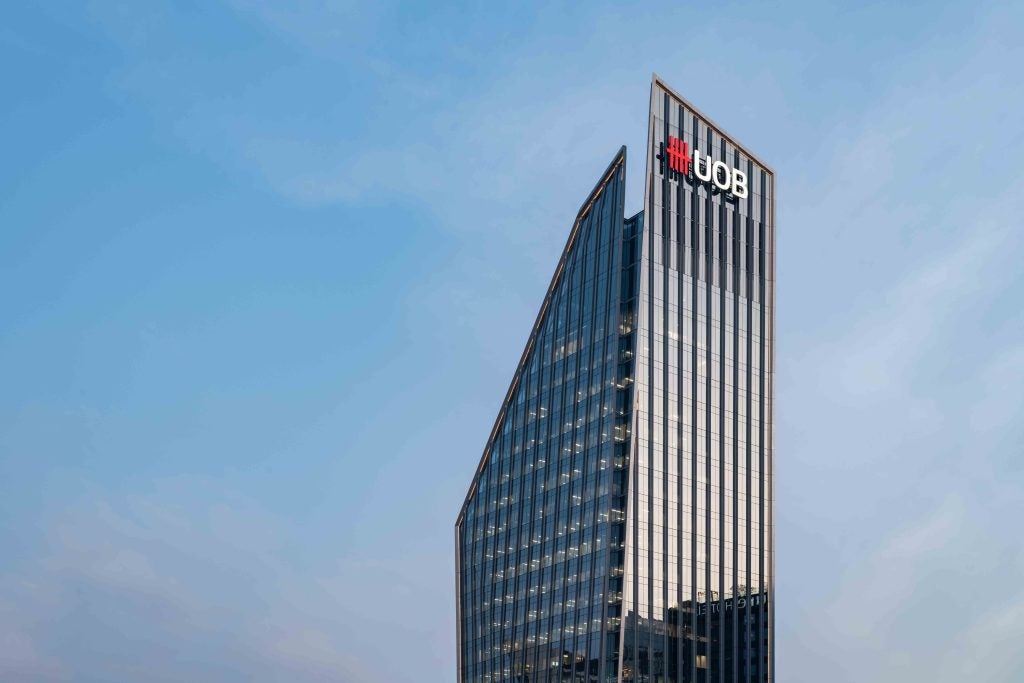
For an industry that sets out its stall out on the basis of the quality of its personal relationships, private banking has done remarkably well over the past 18 months at providing remote service provision and committing itself to upholding the personal touch and service levels over a range of channels. Alison Ebbage writes
Thus relationship managers were enabled to respond to clients quickly and accurately. The automation of certain tasks, notably onboarding, also bolstered belief in doing things online and brought about confidence and a change of tack from both client and adviser.
Speaking to PBI, Alessandro Tonchia, head of strategy with InvestCloud Private Banking & Wealth comments: “During the pandemic, survival for Relationship Managers has been about resilience and being able quickly to move to adopt other, non-traditional methods of communication like WhatsApp, Zoom and the like. Leveraging digital channels and technologies that enable the Relationship Manager to continue to interact with clients as closely as possible, but remotely.”
The upshot of that is that wealth managers and clients alike now coming to expect to be able to operate in a digital world – harnessing the very best in terms of automation and process management in order to enhance the human interaction at the front end.
Yasmina Siadatan, sales and marketing director at Financial Planner, says: “The unintended consequence of the pandemic was to speed up digital acceptance.”
She says that Financial Planner has seen “something like a 2000% increase in people filing out risk profile questionnaires online instead of on paper and then inputting the data in manually”.
“Coming out of the pandemic we have surveyed our client base and 75% think that there will be a move to a hybrid model that takes the best of both worlds,” she says.
Indeed now that the world is peering outside again then a return to face to face is in the offing. But how might this look and feel, and how can the wealth management industry work to combine the very best of technology and human interaction?
Gary Linieres, CEO at Wealth Dynamix, says: “We now find ourselves looking at which bits of the remote way of working we want to keep and which should go back to face to face and when and for who?”
Existing
But removing this has not been all bad. There is consensus that existing clients have been able to maintain their relationships well and have adapted to digital communication – leveraging it to have more frequent access to their adviser.
Linieres comments: “We found that relationships with existing client were able to be maintained and in fact advisers spend more time with clients- they were sending less time travelling and so could pack more into the time they had with clients. In some instances the relationship became more personal and advisers and clients were able to see each other in their home environment and they met other family members.”
But, he says: “Even with existing clients we are now finding they are holding back on things while they wait for a long-awaited face to face meeting. They are happy to have a quick catch up or a specific thing dealt with online but for the bigger issues they are now waiting for an annual review done face to face.”
New clients
“Zoom has been great but it is not a replacement for the human interaction which we are now all craving. Shaking hands and small talk and body language cannot be replicated on a Zoom.”
And some clients, be they new or old, would simply prefer to do things in person. Some people just do not want to form fill online and want the human touch and the discussion at every stage of the journey. In addition although some people like big Zoom networking events, others do not. So the issue is around offering something for everyone and using technology to facilitate the best of both worlds.
Linieres comments: “Wealth mangers therefore have to go back to basics and think about how they can optimise and deliver service, personalisation, and real time; converging all those elements.”
Indeed clients above all want to get a good personalised service and they want to connect at a time and over a channel of their choosing – including face to face. Technology comes in here because if a client is wanting to touch base about something then the adviser needs to be able access data and information quickly and be able to respond to that client quickly.
So equipping the adviser with the tools to be able to respond quickly and provide information that is personalised and be able to be proactive and reach out to clients as well – no matter what the channel – is thus ever more important at a time where client demand is for quality, up to date and personalised information matter what the channel.
Howard comments: “ We have invested in technology to get to digitally-enabled personal service and to insert things into the system that empower the adviser to have better more productive meetings with clients through being able to share and access relevant data and information. Client might just want to touch base over Zoom or they might just want to dibble check something during a face to face meeting but being able to get the relevant information quickly in a presentable format is key.”
Siadatan agrees: “The hybrid model will mean a lot more self service and putting tools into the hands of the adviser and from that, the end customer. The ability to deliver advice using shared screens over a Zoom meeting will become normal. Advisers and clients will become used to collaborating over a client portal that allows for real time exchange of data and information sitting alongside a Zoom call.”
User interface is an important component of this – without something that is easy and intuitive to use, the means to pull up data other relevant information is negated.
Tonchia explains: “Today, digital collaboration tools have become even more important. All relevant information about a client must be available to hand, including the whole history of interactions with the client along the entire client lifecycle. This should be easy to track, supporting documentation easy to find, and the security of all of it extremely robust. The relationship manager’s dashboard should also be flexible enough to support personalisation for the manager as well as for the client, so that they can both access relevant information and intelligence as they desire and at their convenience. It’s about being able to know what information is available, and then pulling what is relevant into what the client can access and see at the right time for them.”
And Howard underscores that the key is to make sure that no one is disadvantaged from not being in the room or not being able to make the Zoom call. “We can enable the hybrid meeting and the hybrid model where the ethos is bringing the best of both worlds to the client to enhance the overall service proposition.”
This does, however, need to go beyond secure messaging and updating details to also provide interactive and relevant tools to enhance service levels and breadth of information and function. Technology can help with not just the valuations, risk and suitability but the ‘what if’ scenarios, including ESG and esoteric investments.
The result is a much better picture around the client and the interaction. It also makes for greater efficiency and productivity for the relationship manager- they can serve more clients more robustly – and this also brings down the cost to serve which is good for the bottom line.
To this end Coutts recently launched its own portal.
Howard comments: “We recently launched our own client digital workspace which brings together key information about the client at the touch of a button by drawing information up from Avaloq, our core banking system, and orienting it to the adviser on a friendly format to then be used with the client. In this sense omnichannel applies to the adviser as well as the and as well as communications channel we get information about who is using it and how and that informs what we do next.”
In addition, the hybrid model is not just about the client, It is also about the adviser having a better experience too thus or enabling the adviser to provide better service but also enabling the bank to attract and retain talent.
Adviser experience
Happily as a result of covid technology is now very much seen as a strategic enabler and a lot of possibilities have come to light. The key will be to make the technology user friendly and intuitive so that uptake and enthusiasm is good rather than just thrusting technology on people and expecting them to get to grips with it and incorporating it in to the everyday.
Howard comments: “Ultimately people, our advisers are our most valuable asset because they enable us to harness technology to enable the very best choice and service to clients and meet demand for both face to face and remote relationships. Of course we always want to stay ahead of the game on service and build long lasting relationships and so is all about appropriateness and being led by what the clients want and need as well as what our advisers want and need. Covid brought a level of agility in terms of attitude and trying new things and that can only be positive.”
Siadatan echoes this sentiment: “There is an industry wide mood that there is lots to be thankful for and that we as an industry now need to capitalise on the gains we have made culturally in terms of technology use and leverage it to best advantage going forward,” she says.







